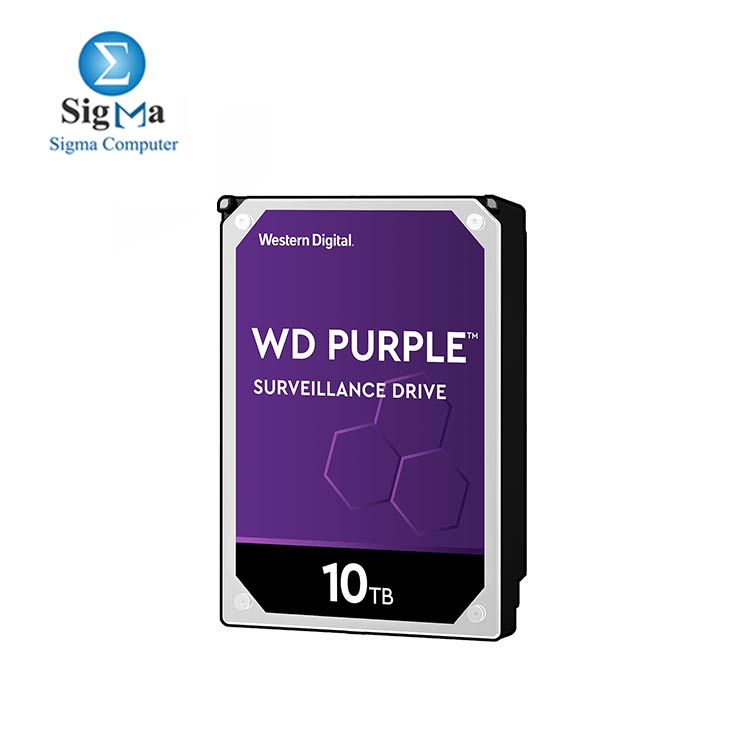

- #Western digital my passport 4tb rpms driver
- #Western digital my passport 4tb rpms full
- #Western digital my passport 4tb rpms pro
Return policy, you may return any new computer purchased from that is dead on arrival, arrives in damaged condition, or is still in unopened boxes, for a full refund within 30 days of purchase.
#Western digital my passport 4tb rpms driver
RyanSmithAT: Unfortunately we're not going to have a Ryzen 7 5800X3D review out for today.Download Now WD MY PASSPORT 1TB USB 3.0 DRIVER.gavbon86: Just noticed you deleted me from your FB friends list.gavbon86: When it rains, it pours, but feels more like hydrochloric acid than water tbh!.gavbon86: Congratulations on the promotion!.So we haven't looked at any of the entry-level ones as of late

#Western digital my passport 4tb rpms pro
For AC-powered devices, the Ubiquiti mFi mPower Pro was used for the same purpose. For bus-powered devices, Plugable's USBC-TKEY power delivery sniffer was placed between the host PC and the storage bridge to record the power consumption. CrystalDiskMark 5.1.2's benchmark traces with a region size of 8GB and the number of repetitions set to 5 are used. Power consumption is measured while processing the same workload on each of the DAS units. That said, it is possible that the drives could be kept cooler with a different thermal design, though it is likely that the current design strikes the best balance when considered in conjunction with implementation cost. There are no SMR (shingled magnetic recording) firmware shenanigans that throttle transfer rates after a certain amount of data is written into the drive in one go. As expected, these temperatures do not have any effect on the transfer rates. The My Book does get close to 50C at the end of the benchmarking, while the My Passport is slightly lower. The first aspect to note in the above graphs is that the drive temperatures don't get too bad for either unit. Storage Enclosure Thermal Characteristics Readers can click on the graphs below to view the full-sized version. Internal temperatures can only be gathered for enclosures that support S.M.A.R.T passthrough.

In order to identify the effectiveness with which the enclosure can take away heat from the internal drive, we instrumented our robocopy DAS benchmark suite to record various parameters while the robocopy process took place in the background. Higher temperatures tend to lower the reliability of the drives. The thermal design of the enclosures for HDD-based DAS devices is important because hard drives can't withstand as high a temperature range as flash-based devices.


 0 kommentar(er)
0 kommentar(er)
